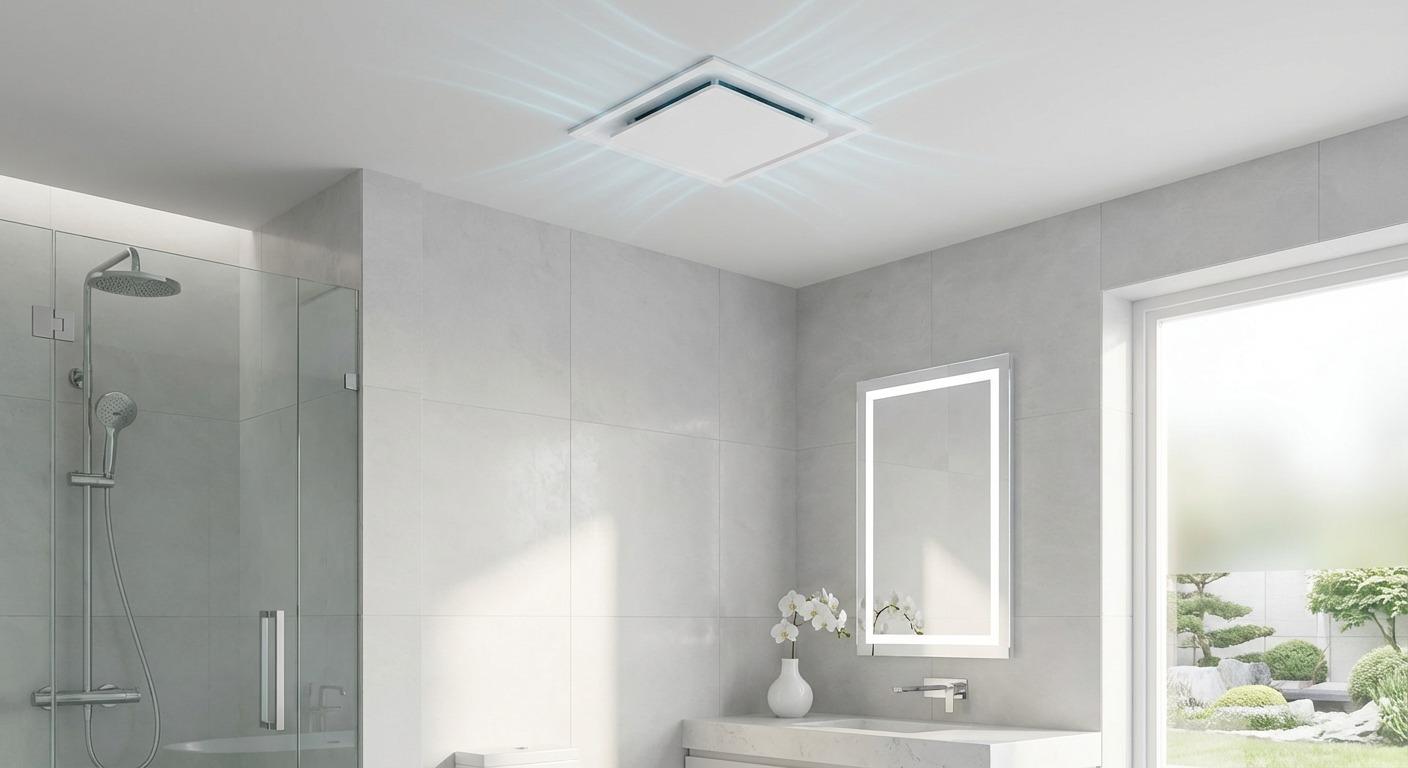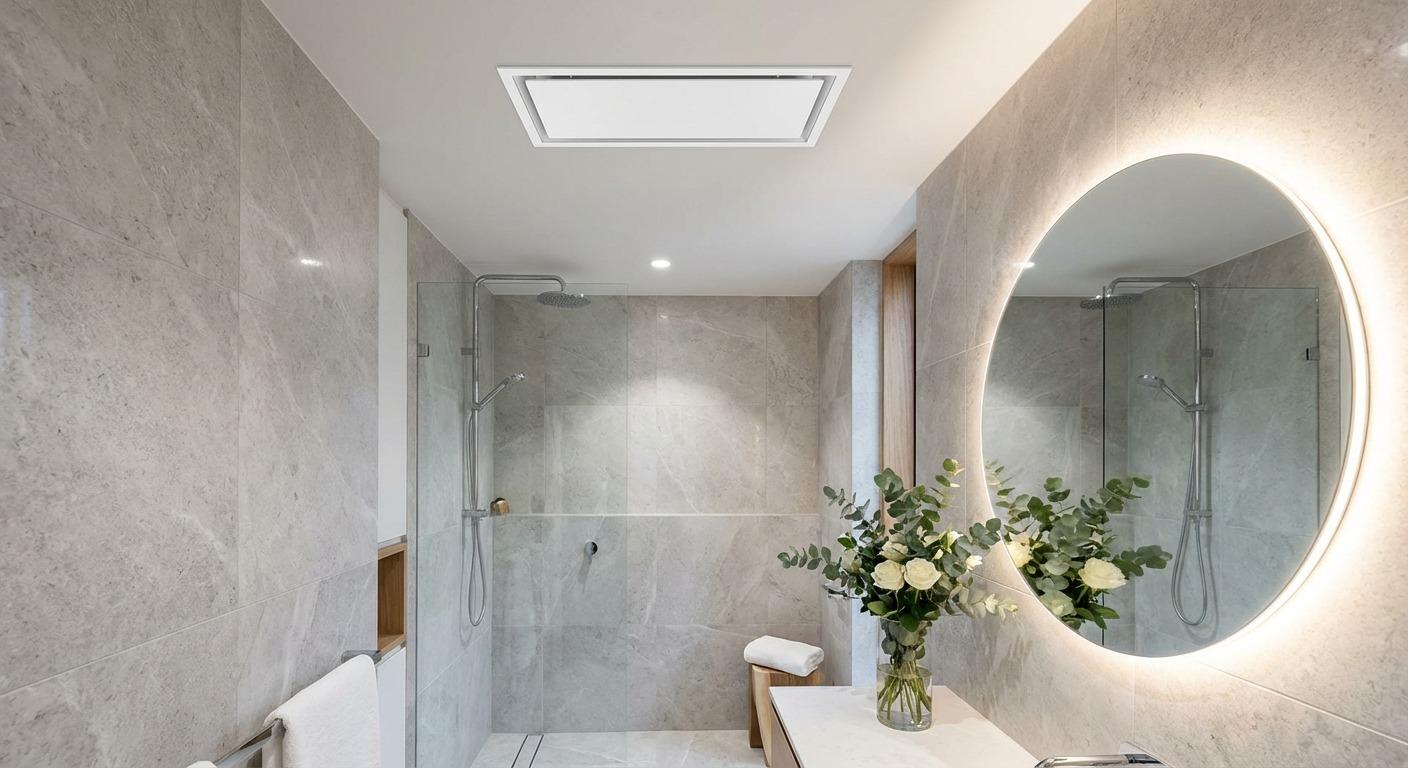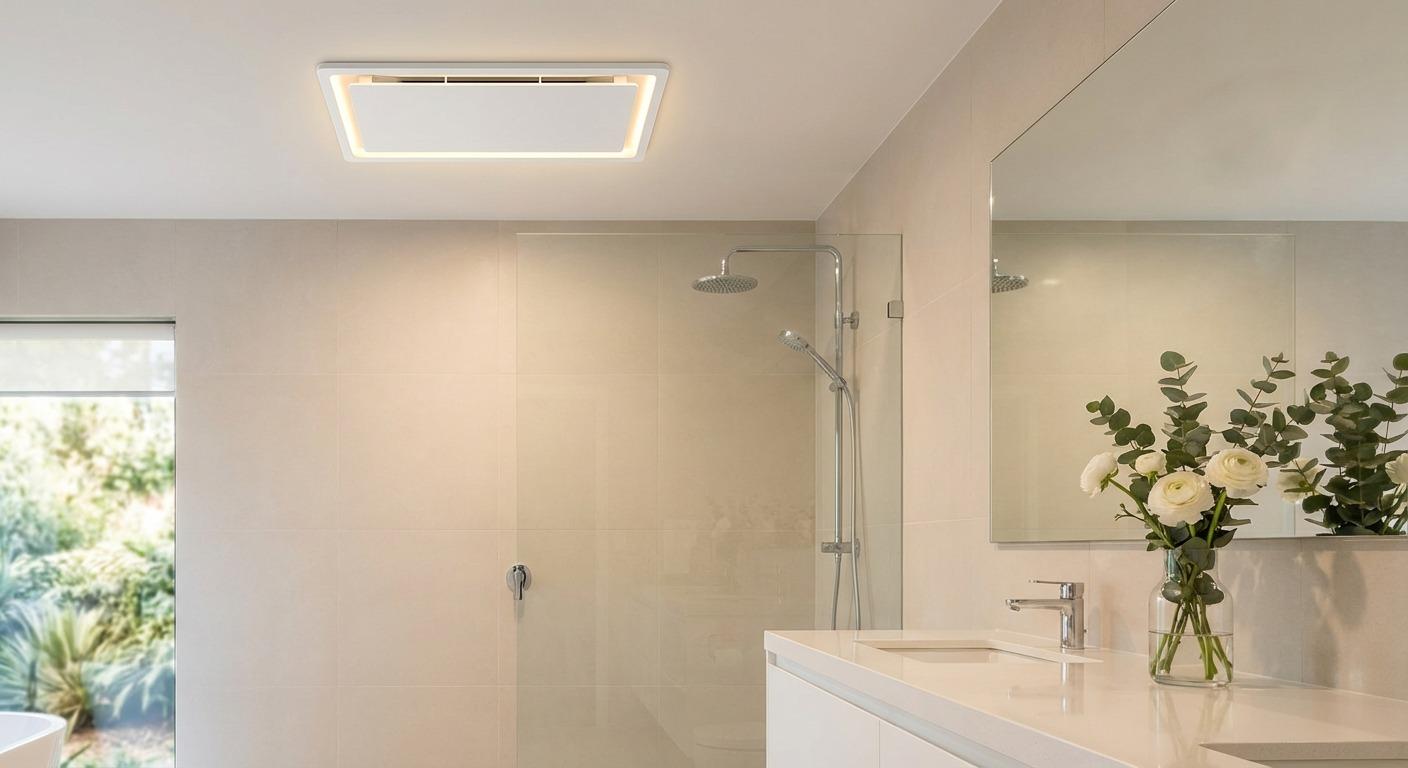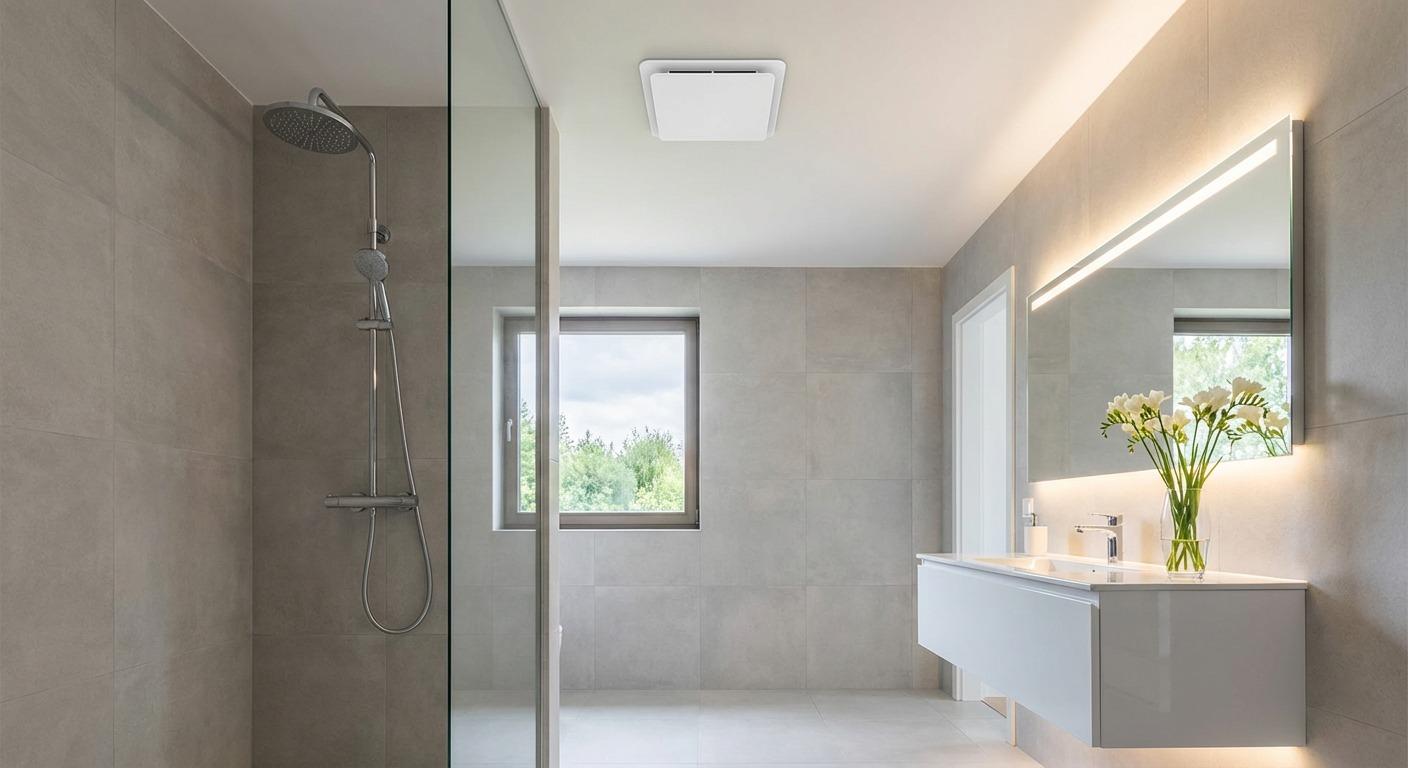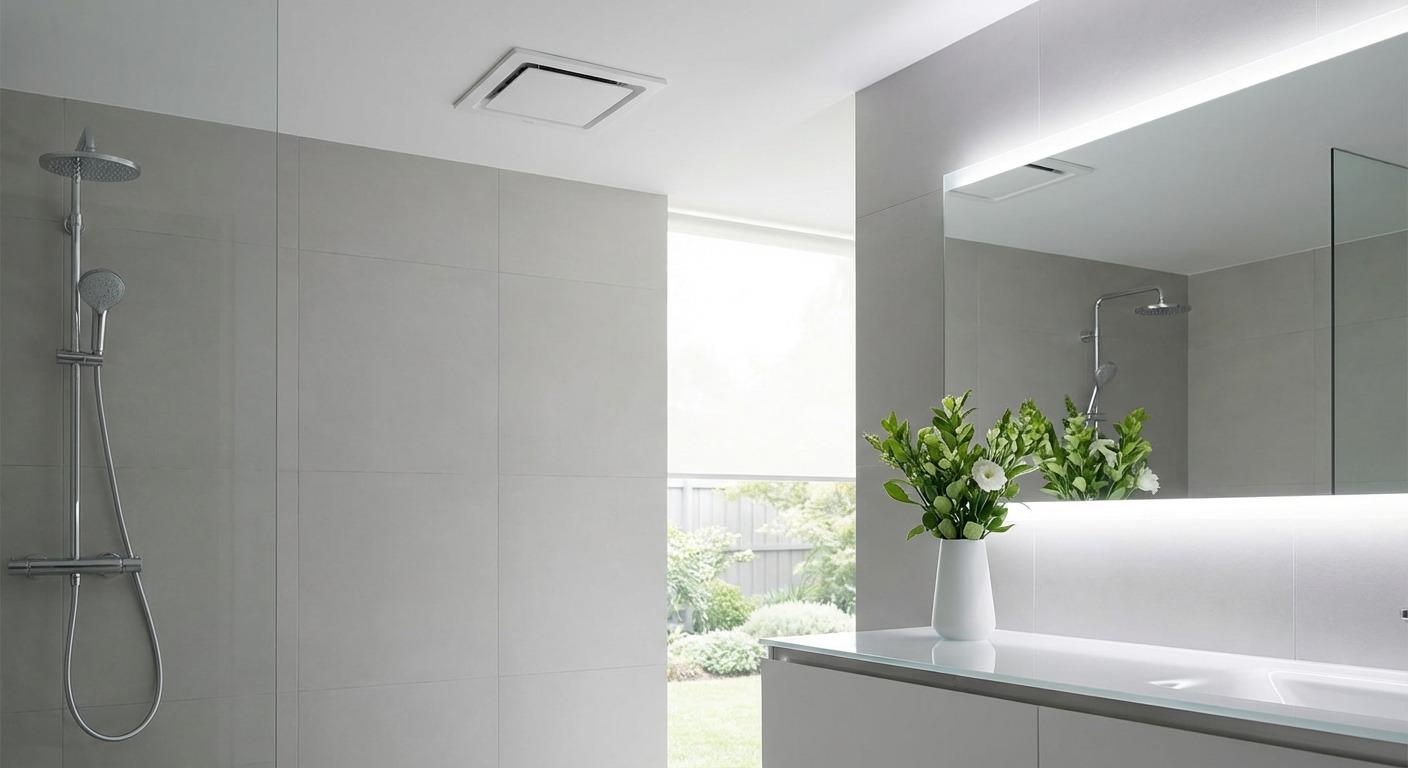
Air Circulation Systems for Schools: Creating Healthier Learning Environments
Schools are unique indoor environments where students and staff spend extended hours in close proximity. Without proper ventilation, classrooms and other facilities can accumulate CO₂, dust, allergens, and even airborne pathogens, negatively impacting concentration, attendance, and overall well-being. Installing a well-designed air circulation system for schools is no longer a luxury—it is a necessity for both health and academic performance.
Challenges in School Air Quality
High Occupancy and CO₂ Buildup
Crowded classrooms quickly experience elevated CO₂ levels, which can cause fatigue, headaches, and reduced focus among students.
Improvement Approach: Air circulation systems with high air change rates per hour (ACH) and CO₂ monitoring sensors maintain safe oxygen levels and support student attentiveness.
Airborne Illness Transmission
Poor airflow increases the risk of spreading colds, flu, and other airborne infections, especially in winter when windows remain closed.
Improvement Approach: Systems designed with HEPA filtration and directional airflow control help minimize cross-contamination between students.
Temperature and Comfort Imbalance
Gyms, auditoriums, and cafeterias often have uneven airflow, leading to hot or stuffy zones that disrupt comfort and activities.
Improvement Approach: Zoned circulation systems with ceiling-mounted fans distribute air evenly, ensuring consistent temperature control across large spaces.
Noise and Learning Environment
Excessive fan noise can distract students and disrupt lessons.
Improvement Approach: Quiet, low-sone circulation fans integrated into ceilings or duct systems provide ventilation without disturbing classroom activities.
Applications Across School Facilities
-
Classrooms: Maintain CO₂ below 1,000 ppm and provide constant fresh air for concentration and health.
-
Libraries and Labs: Control temperature and airborne contaminants to protect sensitive materials and ensure safe experiments.
-
Sports Halls & Gyms: High-capacity circulation systems manage heat and odor from physical activities.
-
Cafeterias & Auditoriums: Balanced air circulation prevents heat pockets and maintains comfort in large gatherings.
Technical Performance Factors
-
Airflow (CFM & ACH): Matched to classroom or hall size for consistent air renewal.
-
Filtration Options: HEPA and MERV-rated filters for dust, allergens, and pathogens.
-
Motor Technology: ECM motors for energy efficiency and low maintenance.
-
Noise Levels: Fans designed for quiet operation to preserve learning environments.
-
Controls: Sensors for CO₂, humidity, and temperature for automated operation.
School Facilities and Their Ventilation Requirements
| School Space | Main Challenge | Recommended Feature | Example Solution |
|---|---|---|---|
| Classrooms | CO₂ buildup | High ACH, CO₂ sensors | Ceiling air circulation fans |
| Gyms | Heat and odor | High CFM, zoned airflow | Industrial ceiling circulation fans |
| Labs | Airborne contaminants | HEPA filtration | Filtered duct fans |
| Cafeterias | Uneven airflow | Multi-zone circulation | Ceiling-mounted fan systems |
Why Schools Benefit from Professional Air Circulation Systems
-
Health Protection: Reduces airborne illness transmission and keeps CO₂ levels safe.
-
Improved Performance: Better air quality leads to improved focus, attendance, and student outcomes.
-
Energy Efficiency: Smart controls reduce energy waste while maintaining comfort.
-
Long-Term Durability: Systems built with corrosion-resistant materials and tested for continuous use.
-
B2B Ready: OEM manufacturing and bulk supply options for school districts, contractors, and facility managers.
Moving Towards Healthier Learning Environments
An effective air circulation system for schools creates classrooms and facilities that are not only compliant with safety standards but also optimized for learning and comfort.
See the complete range of school air circulation solutions or get in touch through our contact page for a system tailored to your educational project.

